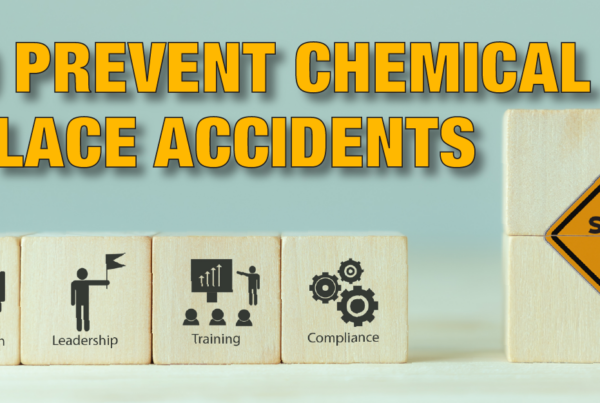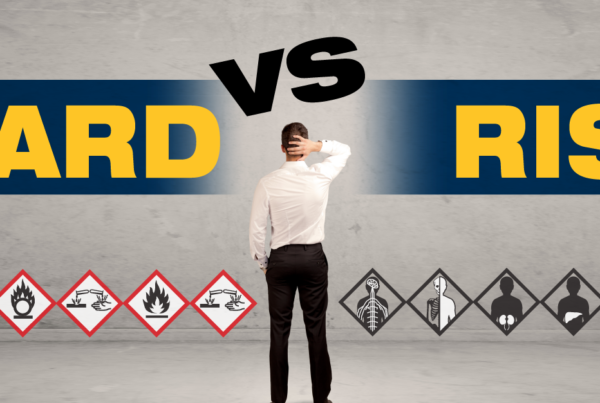Back in the 1970’s Toyota Motor Corporation ran an advertising campaign around the slogan “You asked for it, you got it – Toyota!” The idea was Toyota was listening to what consumers wanted and created cars to meet those requests. You can see from this print advertisement how they worked that slogan.
As Hazard Communicators working under OSHA’s HazCom 2012, we often ask for more information or guidance to help us do our jobs. After all, we are tasked with writing compliant Safety Data Sheets (SDS), shipped container labels and workplace labels under these regulations which are pretty dramatic shifts from what used to be. The data required for the writing of these items can be difficult to find, massive in scope and hard to understand.
So what does that have to do with Toyota’s slogan? Well, OSHA is taking a page from Toyota’s book. In fact they recently published a “Guidance on Data Evaluation for Weight of Evidence Determination” document. OSHA wants this guidance to show how to apply the Weight of Evidence (WoE) approach when dealing with complex scientific studies and in considering all available information when classifying a chemical. It will not be an additional standard or regulation nor will it hold any new legal obligations. It is meant to complement the recently posted, 832-page “Hazard Classification Guidance for Manufacturers, Importers and Employers”.
What is interesting is the guidance document is actually a DRAFT document and open for public comment. Originally the comment period was only going to be open from February 16 until March 31 of this year. Apparently the response was overwhelming. As of March 9th, the comment period has now been extended until May 2. That is an additional month!
Per the website, OSHA is particularly interested in answers to the following questions:
- OSHA’s primary goal in the draft WoE guidance is to provide classifiers with an overview on how to approach a weight of evidence evaluation using the criteria that was adopted under the Hazard Communication Standard (29 CFR 1910.1200). Has OSHA achieved this goal?
- OSHA intended to write this draft guidance in language that is appropriate for, and easily understood by, personnel who would be primarily responsible for the classification process. Has OSHA achieved this objective?
- OSHA has also provided guidance on how to use other authoritative bodies that use a weight of evidence or systematic approach. Is this type of guidance helpful? Are there other authoritative bodies that OSHA should reference that provide weight of evidence evaluations that would be relevant to worker exposures?
- To simplify the guidance, OSHA has primarily focused on chronic hazards: Carcinogens, germ cell mutagens and reproductive toxicants since these are more complex endpoints and generally need a higher degree of expert judgement to interpret studies. Did OSHA adequately identify the key considerations for a WoE evaluation of these toxicants? Was the OSHA discussion of the WoE approach appropriate for this guidance document?
- OSHA has provided a section on classification based on a single positive study. Was this section useful?
- OSHA has provided a series of examples to demonstrate the principles discussed in the Weight of Evidence guidance document. Are these examples helpful? How can they be improved?
Consider this a call to arms all you Hazard Communicators out there. Do your diligence – read the draft and comment.
You can start by going to https://www.osha.gov/weightofevidence/index.html. Here you’ll find the necessary information reviewers need, the document itself and how to submit your comments. Do your part so we can say we asked for it and got it.






 ICC USA
ICC USA ICC Canada
ICC Canada